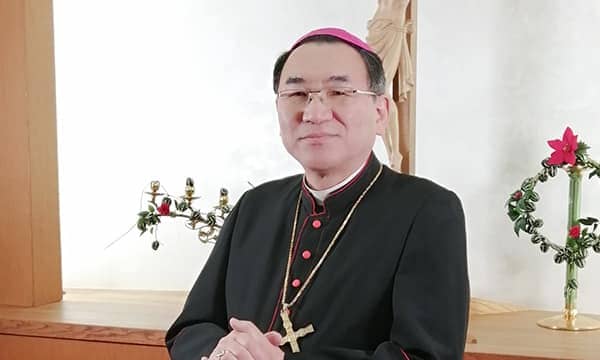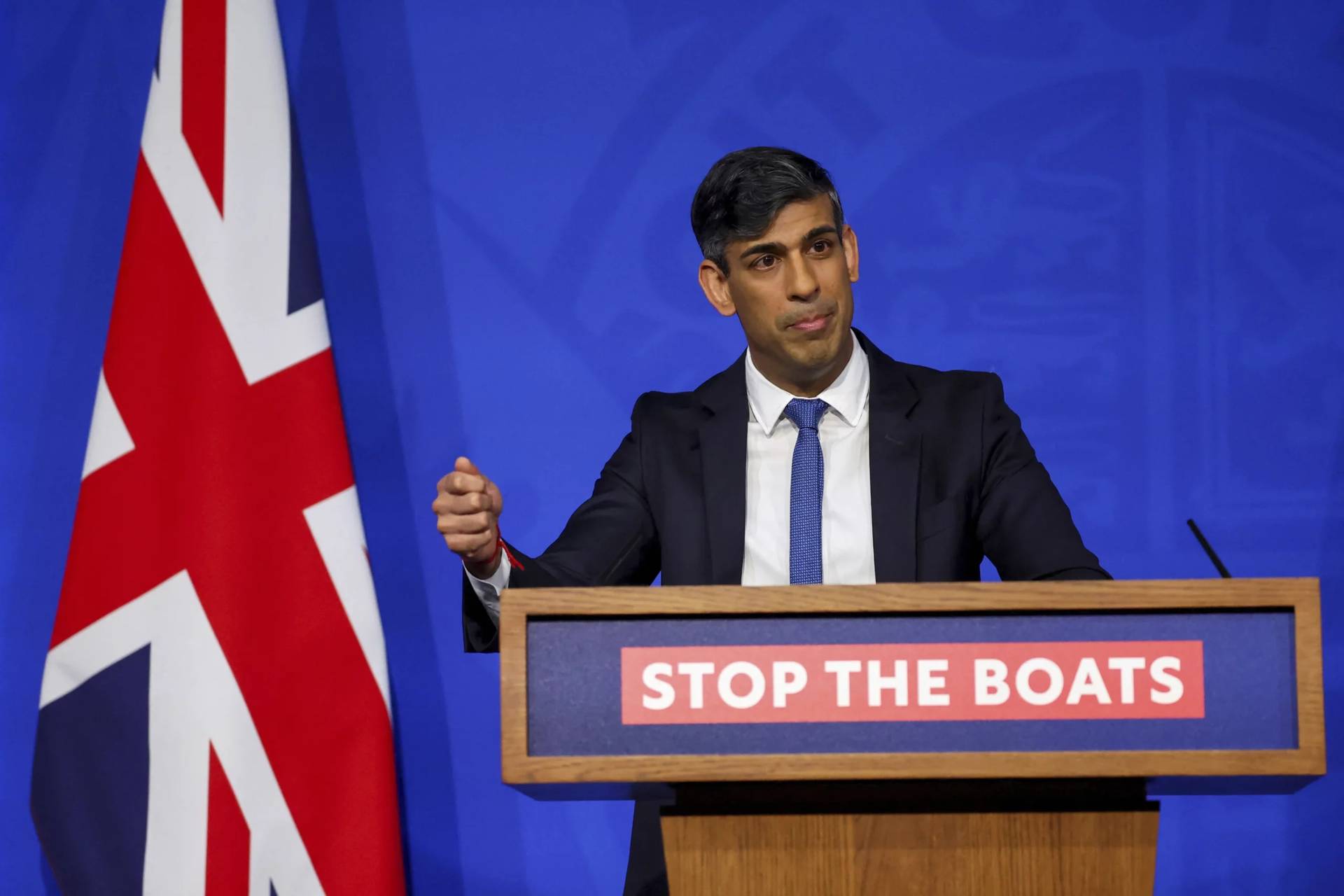ROME — Pope Francis leaves Rome this weekend for a triumphant homecoming to Latin America, a trip that that will take him to Ecuador, Bolivia, and Paraguay, and one that shapes up both as a popular celebration of history’s first Latin American pope as well as a political and cultural headache.
Even though it won’t be as symbolically charged as his upcoming visit to Cuba and the United States in September, Francis’ July 5-13 tour of Latin America is personally significant to the Argentinian pontiff.
It’s his second outing as pope to Latin America, after visiting Brazil in July 2013.
“Here you see a bit the pope’s criteria,” a Vatican spokesman said on Tuesday, saying that Francis was determined “to visit even those countries that aren’t geopolitically at the top rank of the world panorama.”
Although recent polls show a slow but constant decrease in the number of Catholics throughout the continent, losing members to Evangelical and Pentecostal Christianity and also to secularism, the three nations the pontiff will visit still have a heavy Catholic footprint.
According to a report released by Pew Research last November, Catholics in these three countries represent between 79 percent (Ecuador) and 89 percent (Bolivia) of the total population, among the highest totals for the entire continent.
In general, the trip will give Francis a chance to emphasize his defense of the poor and his calls for social justice on his native continent. He’s scheduled to meet with the elderly poor in Ecuador, to visit Bolivia’s infamously violent Palmasola prison, and to tour Paraguay’s flood-prone Banado Norte slum.
Francis will speak in his native Spanish along the way, which all but guarantees off-the-cuff remarks throughout his week-long foray, particularly when he addresses the poor, youth and clergy, and members of religious orders, something he’ll do in each of the three nations.
“The pope will probably improvise a lot in Spanish, so be prepared spiritually and practice your Spanish,” Lombardi joked during a news conference Thursday.
Ecuador
On his first stop, Francis will arrive in a country currently experiencing intense tensions, partly as a result of divisive new laws over inheritance and the redistribution of wealth billed by the leftist government as benefitting the country’s poor.
The legislation has driven Ecuadorians to the streets in both Guayaquil and Quito, two cities the pope will visit, demanding the resignation of president Rafael Correa.
Correa, who describes himself as a practicing Catholic opposed to both abortion and gay marriage, has announced that f the laws won’t be reconsidered until after the papal visit, but it remains to be seen if people will be willing to wait or if they will use the papal visit to manifest their unhappiness.
The delay is being described in the local press as a strategy to avoid demonstrations while hundreds of international journalists visit Ecuador to cover Francis’ visit, although some hope the pause might lead to a peaceful agreement.
The local church has applauded the decision, but Catholic leaders have also expressed their hope for the visit to be an occasion to promote “honest dialogue” that will allow for consensus to emerge.
“Let’s show the pope that we are a Catholic Christian country, and that we are united in every circumstance to together find a solution to our problems,” Archbishop Fausto Travez, president of Ecuador’s bishops’ conference, said in late June.
Given that Francis released an encyclical letter on the environment shortly before heading to Latin America, it’s hard to imagine he won’t mention the issue in Ecuador. He could touch upon both oil drilling and mineral mining, two things he’s criticized and that have caused conflict in this small nation of 15.7 million people.
Despite opposition from ecological activists and NGOs, oil exploration is slated to begin in 2016 in what scientists believe is the single spot on the planet with the greatest biodiversity on the planet: Paraguay’s remote Yasuni National Park, home to both indigenous tribes and stunning fauna and flora.
In a nation where Pope Francis is highly popular, with an 87 percent approval rating in one recent poll, any words on either of these matters could be game-changers.
Bolivia
Beyond the health risks for a 78-year-old associated with landing at 13,000 feet over sea level in La Paz, Bolivia’s capital city – dangers which, for the record, the Vatican spokesman dismissed as irrelevant – Francis will have some political battles to fight here too.
He’ll spend the first four hours in the country’s capital, almost exclusively in the company of Bolivian president Evo Morales, a political leftist who describes himself both as a Catholic and a practitioner of Bolivia’s ancestral polytheistic indigenous Andean cult.
To call Church/state relations in Bolivia under Morales “contentious” is under-stating the situation.
Morales says he’s a “fan” of Francis but he has also ridiculed the local Catholic hierarchy, often accusing it of being part of a right-wing oligarchy, “medieval,” and intent on revisiting the inquisition.
For their part, the bishops here have repeatedly condemned the growth of organized crime, drug dealing, despotism, and the persecution of the political opposition under Morales.
The Morales government has responded time and time again by demanding that the Church stick to “saving souls.” But ahead of the papal visit, Morales has been trying to build bridges. The preparation of Francis’ arrival is, in fact, the first time both sides sat down to work on something together in an official manner.
In a statement to the local media, the Rev. José Fuentes, secretary of the Bolivian bishops’ conference, underlined the importance of this first step, adding that he hopes it will end up being “a real approach” and not just a one-off show.
There will also be less tense moments during the visit to Bolivia, such as when Francis is slated to chew some coca leaves, which is the primary ingredient in the drug cocaine, but is also regarded locally as the most effective and natural way to fight the symptoms that come with high altitudes.
(As a footnote, if he does in fact drink or chew coca leaves, he wouldn’t be the first pope to do so. St. John Paul II did so on his own trip to Bolivia, and Paul VI on a stop in Colombia.)
The pontiff also will encounter the local indigenous population and will participate in the World Meeting of Popular Movements, representing landless peasants and other disenfranchised groups.
Paraguay
When Francis arrives to Paraguay for the last 48 hours of his trip, he’ll be visiting both a country — and a local Catholic Church — in crisis.
Paraguay is the poorest country on the continent after Bolivia, with more than 30 percent of the population living on less than $8 a day. Widespread misery is a chronic issue that some observers date to a late 19th century war known as the “War of the Triple Alliance”, which pitted locals against Brazil, Uruguay, and the pope’s native Argentina.
The gap between rich and poor is still a defining social tension today, one which Paraguay’s impoverished masses will be expecting Francis to address.
Meanwhile the Catholic Church in Paraguay is reeling from a series of blows, including several bishops making headlines in recent years, not exactly for performing miracles.
Fernando Lugo, for instance, was a leftist bishop close to the liberation theology movement in Latin America who was ordered by the Vatican to stand down as a candidate for the country’s president. He ran anyway and served from 2008 to 2012, but was laicized — expelled from the priesthood — along the way.
Lugo was impeached in 2012, an outcome that neighboring countries deemed a coup d’état. Though he’s no longer in power, Lugo is still a magnet for scandal due to reports that he fathered at least one child while he was still a cleric.
Conservative bishops here have also felt the sting of Vatican disapproval.
In September 2014 Francis requested the resignation of Bishop Rogelio Livieres Plano, from the small diocese of Asuncion, citing “serious pastoral reasons” and “the greater good of preserving the unity of the local church.”
Livieres, who’s recently been hospitalized in his native Argentina for complications related to diabetes, is currently being investigated for leaving the diocese with a deficit close to US $800,000.
The bishop was considered among the most conservative members of the local hierarchy, and clashed constantly with some of his peers. Among other things, he once went on national TV to accuse the now retired Archbishop Pastor Cuquejo of Asuncion, the national capital, of being a homosexual.
In light of these realities, Francis is likely to make a strong call for unity and to demand a more coherent witness from the country’s prelates, something he did last month when he celebrated a Mass in Rome for archbishops appointed during the last year.
“There is no witness without a coherent lifestyle!” Francis said. “Today there is no great need for masters, but for courageous witnesses.”
Expect that to be a major theme in Paraguay.
The Argentinian factor
This will be Pope Francis’ second trip to Latin America since his election, but it still won’t take him back to his native Argentina. Although there were rumors of a possible visit this year, presidential elections that will take place in October have kept him away.
While the Argentinian flag is expected to be visible in every major event next week, in no place will Francis feel as at home as he will in Paraguay.
Authorities are anticipating that over one million Argentines will cross the border to participate in two open-air events. One will take place in Asuncion, just 24 miles from Argentina, and the second in the popular Shrine of our Lady of Caacupé, about 50 miles away.
In general, crowds are likely to be large in the three countries, though not record-breaking. During his January 2015 trip to the Philippines, Francis is believed to have drawn the largest crowd ever registered for a papal event – more than 6 million people – which represents the total population of Paraguay.















